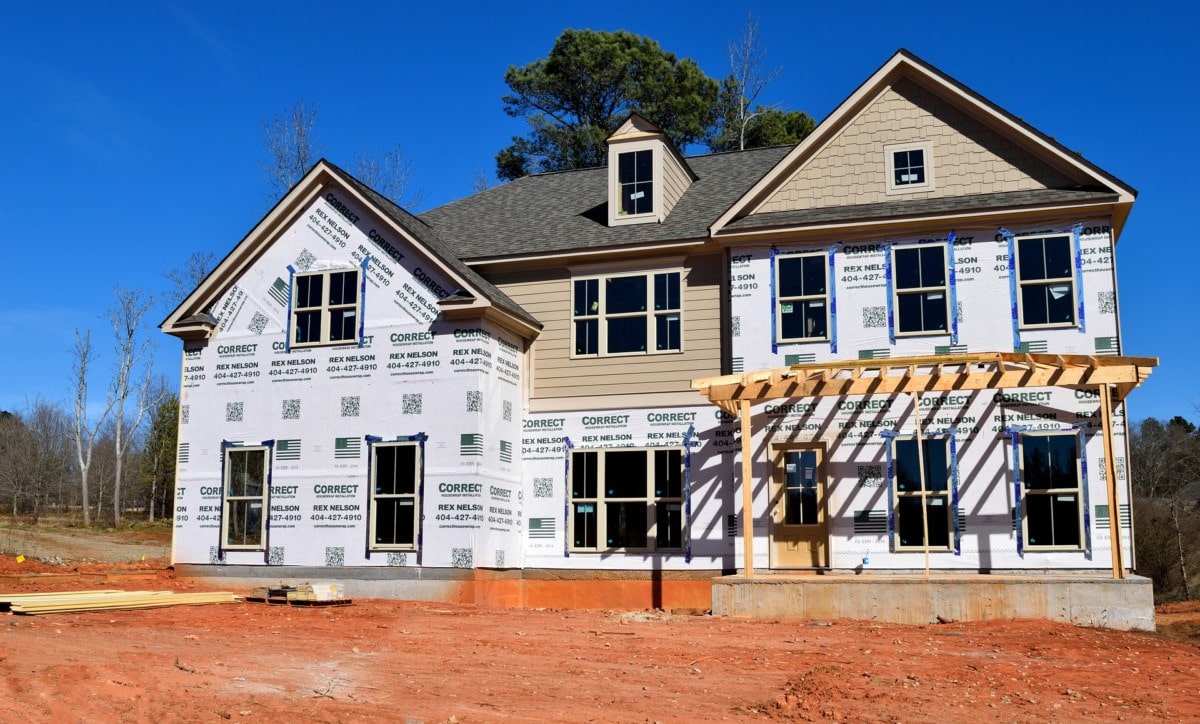A Complete Guide to Building Houses: Essential Steps and Tips for Success

Building a house is a significant and exciting milestone in life. It’s a complex process that involves various stages, from acquiring land to choosing the right materials, working with contractors, and finally moving into your dream home. Whether you’re planning to build from scratch or undertake a renovation project, understanding the essential steps and considerations can make the process smoother and more successful. Building Houses
In this comprehensive guide, we’ll walk you through the entire home-building process, answering common questions, providing tips from industry experts, and offering practical advice to help you navigate this journey. Whether you’re a first-time homeowner or an experienced builder, this guide will serve as an invaluable resource.
Understanding the Basics of Building a House
Why Build a House Instead of Buying One?
There are many advantages to building your own home rather than purchasing an existing one. Customization is a major factor—building a house allows you to design it exactly to your specifications, ensuring that every detail suits your needs. Additionally, new homes typically require fewer repairs and maintenance, saving you money in the long run.
Factors to Consider Before Starting the Build
Before jumping into the construction process, several factors need consideration:
- Budget: Setting a clear budget is essential. Construction costs can vary greatly depending on the location, materials, and size of the home.
- Location: Choose a location that aligns with your lifestyle, whether it’s near family, work, or in a particular school district.
- Timeframe: Building a house can take several months to complete, so be prepared for the long haul.
Key Steps in the Home Building Process
Step 1 – Purchase Land
The first step in building a house is acquiring land. The location and size of the land are critical to the success of your project. Some key considerations include:
- Zoning laws: Make sure the land is zoned for residential building.
- Topography: The land’s slope, soil quality, and access to utilities will affect both the construction cost and design.
- Access to services: Verify the availability of water, electricity, and other essential services.
Step 2 – Secure Financing
Once you’ve purchased land, securing financing is the next step. Depending on your situation, you may need:
- Construction loans: These are short-term loans used to fund the building process.
- Traditional mortgages: If you’re buying land and construction costs simultaneously, you might consider a mortgage that combines both.
Step 3 – Design Your Home
Designing your home is one of the most exciting parts of the process. Collaborating with an architect or designer can help bring your vision to life. Key considerations during this stage include:
- Layout and floor plan: Consider the number of rooms, how you want the space to flow, and the future needs of your family.
- Style and aesthetics: From modern to traditional, choose a design style that fits your taste.
- Sustainability: Increasingly, homeowners are looking to build energy-efficient homes with green materials. Incorporating solar panels, energy-efficient windows, and eco-friendly insulation can reduce long-term costs and environmental impact.
Step 4 – Obtain Permits and Approvals
Before construction begins, you’ll need to obtain several permits, including building permits, electrical permits, and plumbing permits. These ensure that your house will be built to code and meet safety standards. The process of securing permits varies depending on local government regulations, so it’s crucial to understand the requirements early on.
Step 5 – Hire a Contractor
Selecting a reputable contractor is one of the most important decisions you’ll make during the building process. You want someone experienced and trustworthy. Tips for hiring a contractor include:
- Researching reviews and past projects: Look for contractors with positive feedback and a proven track record.
- Requesting multiple quotes: Getting several quotes helps you understand the market rate and choose a contractor who fits your budget.
- Checking licenses and insurance: Ensure that your contractor is licensed and insured to prevent any legal issues during the project.
Step 6 – Break Ground and Begin Construction
Once you have everything in place, the construction phase begins. The timeline varies depending on factors like the complexity of the design and weather conditions. Generally, the construction process can be broken down into:
- Foundation: Laying the foundation is the first major step. It involves digging trenches or pouring a slab.
- Framing: This stage involves constructing the skeletal structure of the house, including walls, floors, and the roof.
- Electrical, Plumbing, and HVAC: Once the framing is complete, the electrical, plumbing, and HVAC systems are installed.
- Exterior and Interior Work: Next, the exterior walls, windows, and roofing are completed, followed by the interior finishes like drywall, flooring, and cabinetry.
- Final Inspections: Local inspectors will check the work to ensure it meets all building codes and safety standards.
Step 7 – Finalizing the Details
After the main construction is finished, it’s time to add the finishing touches. This includes:
- Painting: Both interior and exterior painting will give your home the perfect look.
- Landscaping: Adding plants, trees, and lawn elements will enhance your home’s curb appeal.
- Furnishings and Fixtures: Finalize the design with furniture, light fixtures, and other decorative elements.
Common Mistakes to Avoid When Building a House
Underestimating the Budget
A common mistake for first-time builders is underestimating the total cost of construction. It’s important to factor in all expenses, including permits, utilities, landscaping, and any potential overruns.
Neglecting to Plan for Future Needs
Think about your home’s future needs. For instance, if you plan to have a family, it’s essential to consider extra bedrooms or a larger kitchen.
Skimping on Quality Materials
While it can be tempting to cut corners to save money, choosing subpar materials can lead to expensive repairs in the future. Invest in quality materials for long-term durability.
Conclusion: Your Dream Home Awaits
Building a house is a challenging yet rewarding experience. By following the steps outlined in this guide, you can ensure a smoother process from start to finish. Make sure to plan ahead, stick to your budget, and work with professionals who can guide you through the complexities of construction.
Are you ready to take the plunge and start building your dream home? Feel free to leave a comment below with any questions or share your experiences with home building. Don’t forget to subscribe for more expert tips and advice on home construction!




